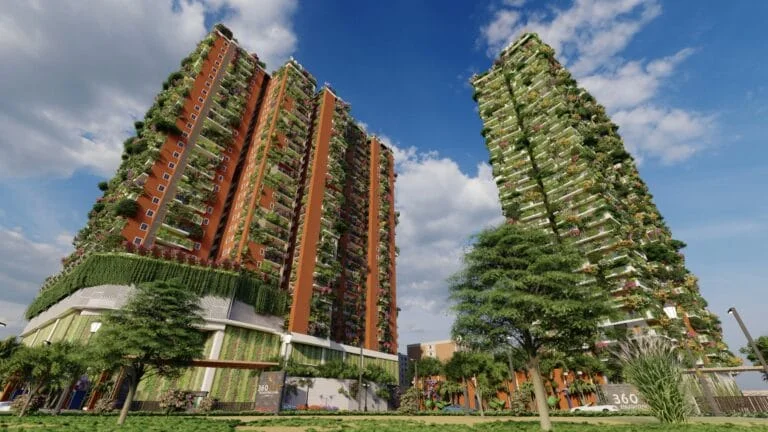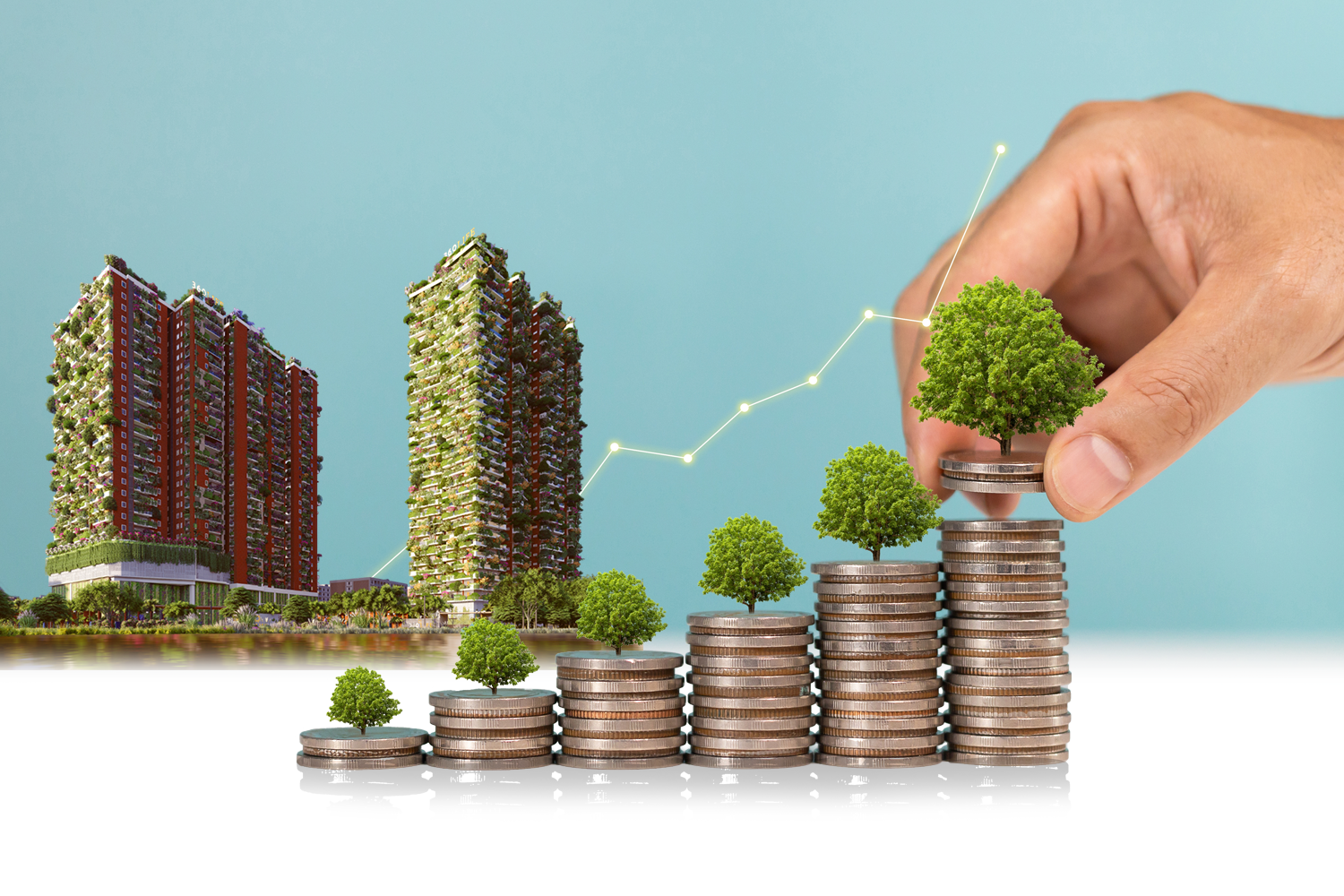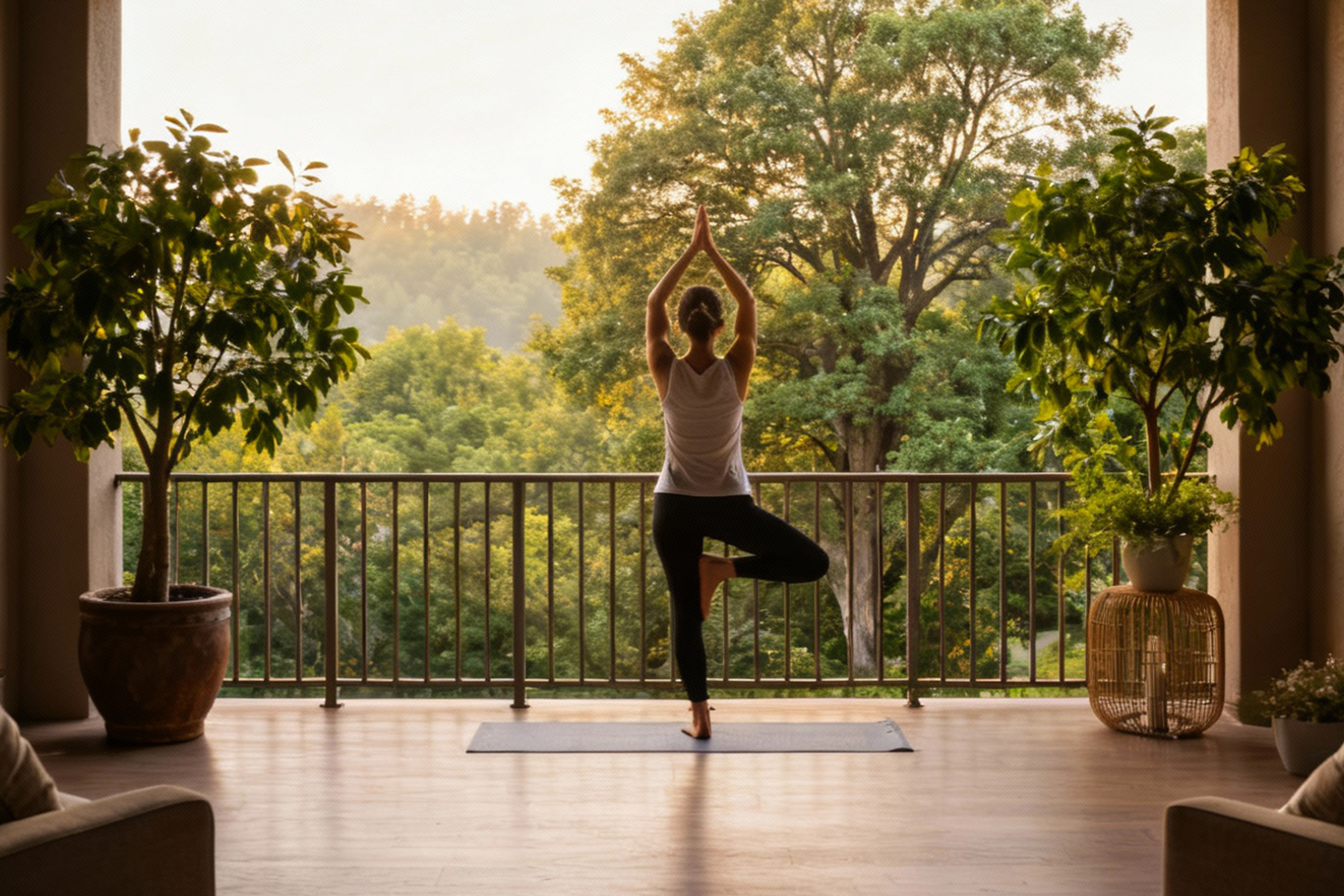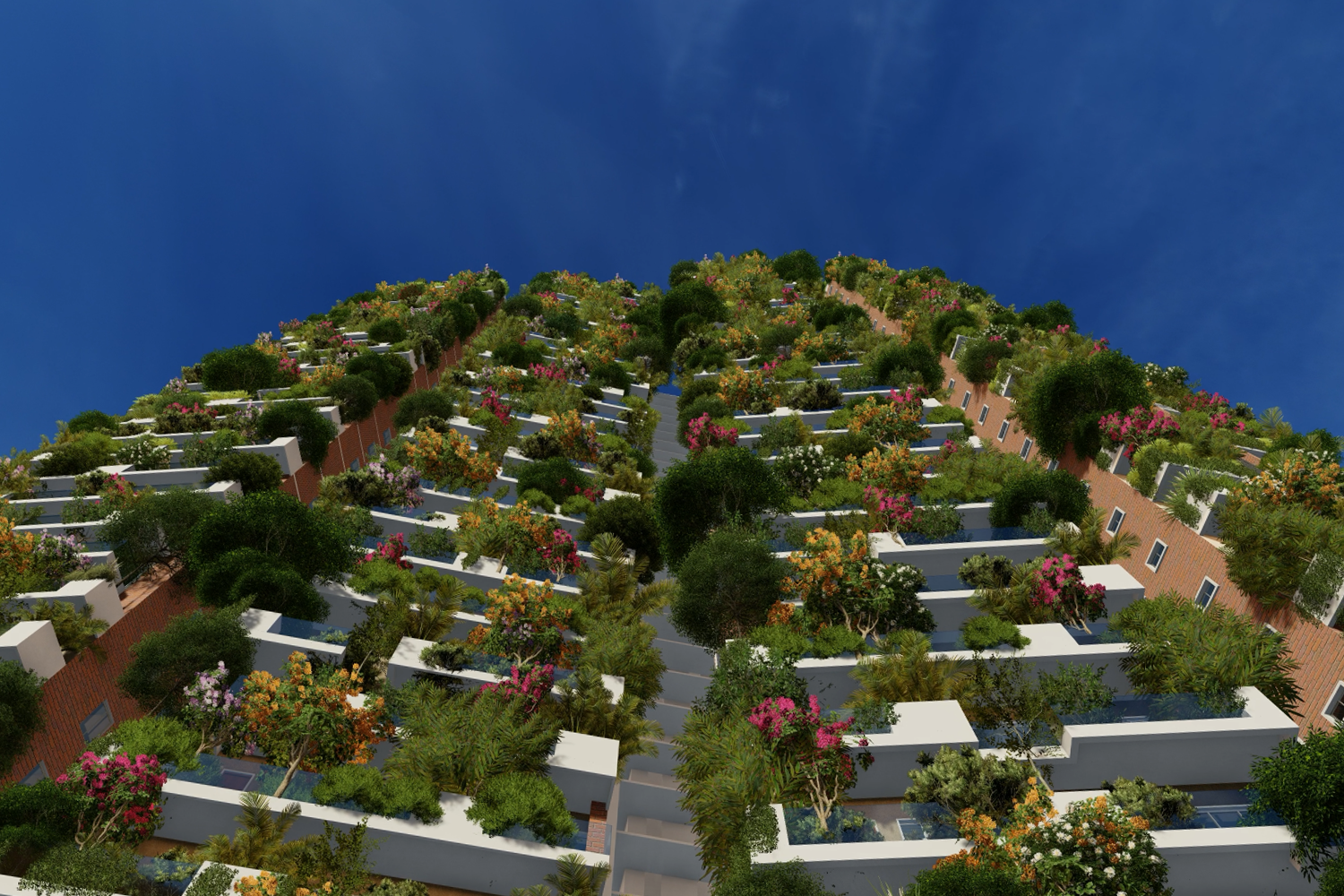In recent years, a revolutionary trend has been reshaping urban landscapes worldwide—vertical forest living. Gone are the days of concrete jungles devoid of greenery. Instead, cities are witnessing the rise of towering structures adorned with lush vegetation, offering residents a unique and sustainable way of living.
In this blog, we delve into the concept of vertical forest living and explore the significant impact it has on the environment, residents, and the legacy we leave for future generations.
Sustainable Urban Development:
Vertical forest apartments mark a paradigm shift in urban development. By integrating green spaces into towering structures, architects and urban planners aim to create sustainable and environmentally friendly habitats. These green oases contribute to biodiversity, reduce the urban heat island effect, and mitigate air pollution, making them a cornerstone for sustainable city planning.
Biodiversity in the Sky:
One of the most striking aspects of vertical forest living is the creation of a sky-high ecosystem. These living towers provide habitats for various plant and animal species, fostering biodiversity in unexpected places. This integration of nature into urban spaces promotes ecological balance and re-establishes the connection between humans and the natural world.
Mitigating Urban Heat Islands:
Urban heat islands, characterised by elevated temperatures in densely populated areas, pose a significant challenge in many cities. Vertical forest apartments act as natural coolants, reducing temperatures through shading, evapotranspiration, and the release of oxygen. This not only enhances the comfort of residents but also helps combat the adverse effects of climate change.
Air Quality Improvement:
Vertical forests play a crucial role in improving air quality. The abundance of vegetation helps filter pollutants and releases oxygen, creating a healthier living environment for residents. As cities grapple with air pollution concerns, the introduction of vertical forest living emerges as a practical and aesthetically pleasing solution.
Enhancing Quality of Life:
Beyond the environmental benefits, vertical forest living significantly improves the quality of life for residents. Access to green spaces within proximity enhances mental well-being, reduces stress, and promotes a sense of community. The symbiotic relationship between urbanity and nature creates an environment where people can thrive both physically and emotionally.
Setting a Green Legacy:
Perhaps the most profound impact of vertical forest living is the legacy it leaves for future generations. As these sustainable structures become iconic landmarks, they serve as a testament to humanity’s commitment to harmonising urban development with nature. This green legacy inspires a shift towards responsible living, encouraging architects, city planners, and residents to prioritise sustainability in all future endeavours.
Conclusion:
Vertical forest living is more than just a trend; it is a transformative approach to urban development with far-reaching impacts. As these green towers continue to rise across skylines, they embody a commitment to leaving a positive mark on our environment and the legacy we pass on to the next generation. Through sustainable design, biodiversity promotion, and improved quality of life, vertical forest living stands as a beacon for a greener and more harmonious urban future.





